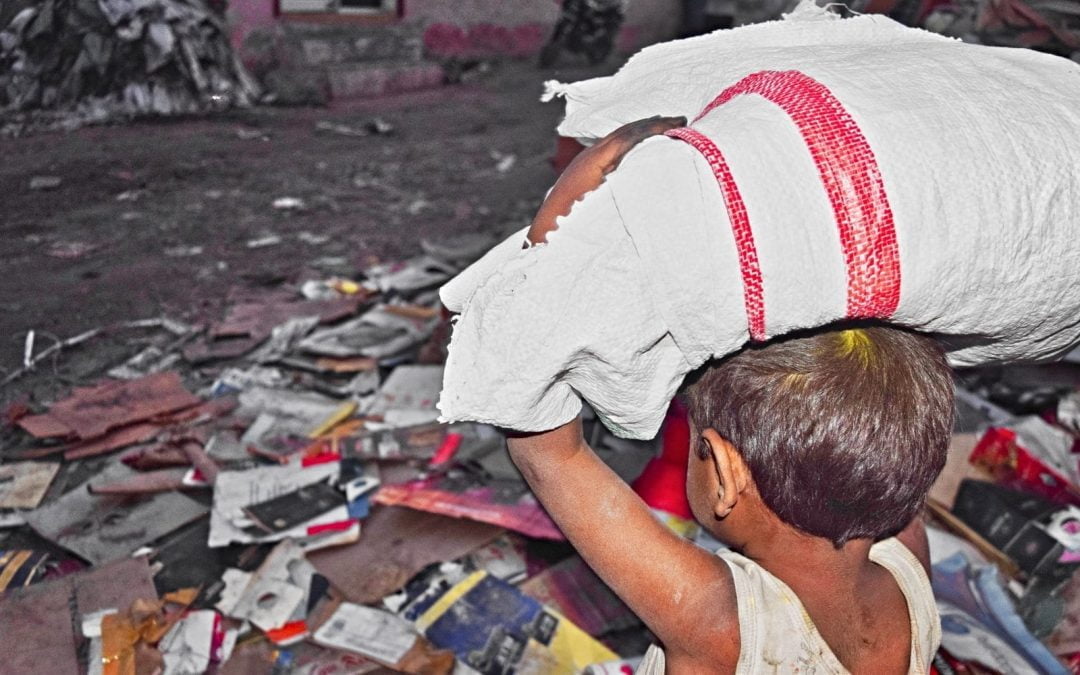Around 152 million children ages 5-17 were involved in child labor during 2018, according to a report published in late September by the U.S. Department of Labor’s Bureau of International Labor Affairs.
Around half of these children (73 million) were working in conditions classified as hazardous work. These figures remain unchanged from the 2017 report.
The report provides an overview of efforts being made and offers proposals for increasing and refining mechanisms to end child labor.
It shares personal narratives of former child laborers and of advocates working to combat child labor, as well as offers summaries of child labor conditions by nation or territory.
The annual report documents the “worst forms of child labor,” as defined by the International Labour Organization’s (ILO) Convention 182 for 131 nations and territories.
Examples of hazardous child labor include situations where children are exposed to physical, psychological or sexual abuse or required to work below ground, under water, at dangerous heights, near dangerous equipment or hazardous chemicals.
Most of the nations and territories assessed (117) have minimum age laws for child labor, with the majority (112) requiring workers to be at least 14 years old.
Similarly, 122 nations and territories had minimum age requirements for hazardous labor conditions, with 118 requiring workers to be at least 18 years old.
Despite these legal restrictions, anywhere from 10% to 33% of countries’ laws (depending on the type of child labor in question) do not meet international standards.
In addition, nearly three-quarters of labor inspectorates are not staffed to ILO-recommended levels, and half of these inspectorates have no authority to penalize violations of labor laws.
Of the 131 nations and territories assessed in the 2018 report, 12 of them (9%) were deemed to have made significant advancements in addressing child labor.
By comparison, 67 (51%) made moderate advancements, 42 (32%) minimal advancements and 9 (7%) no advancements.
No assessment was made of Wallis and Futuna, a French island in the South Pacific. This rating is “reserved for countries in which the population of children is either non-existent or extremely small (fewer than 50), there is no evidence of the worst forms of child labor, and the country appears to have an adequate preventive legal and enforcement framework on child labor; or when a country is included in the report for the first time or receives a suggested action for the first time,” the report said.
Also published in late September was the Labor Department’s annual report providing a list of goods produced by child labor.
The 2018 list included 148 goods produced in 76 countries, which were suspected of being products of child laborers.
Goods are categorized by country of origin and delineated into whether they are the result of child labor, forced labor or both.
Agriculture accounted for 74% of products produced by child or forced labor in 2018, compared to 42% in manufacturing, 31% in mining and quarrying and 1% in pornography.
The report about the worst forms of child labor is available here. The report about goods produced by child labor is available here.


